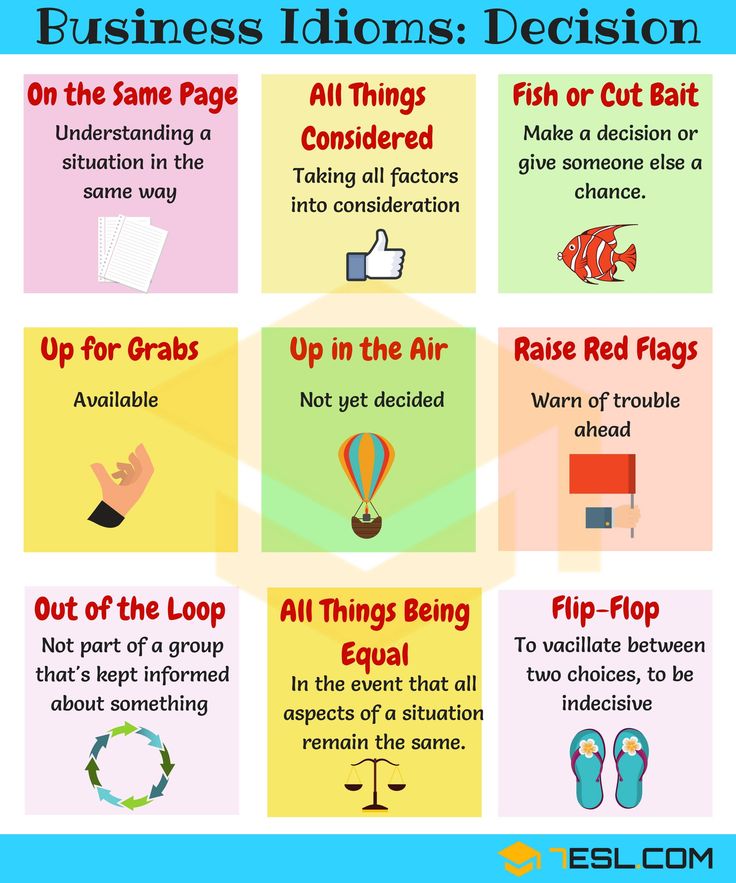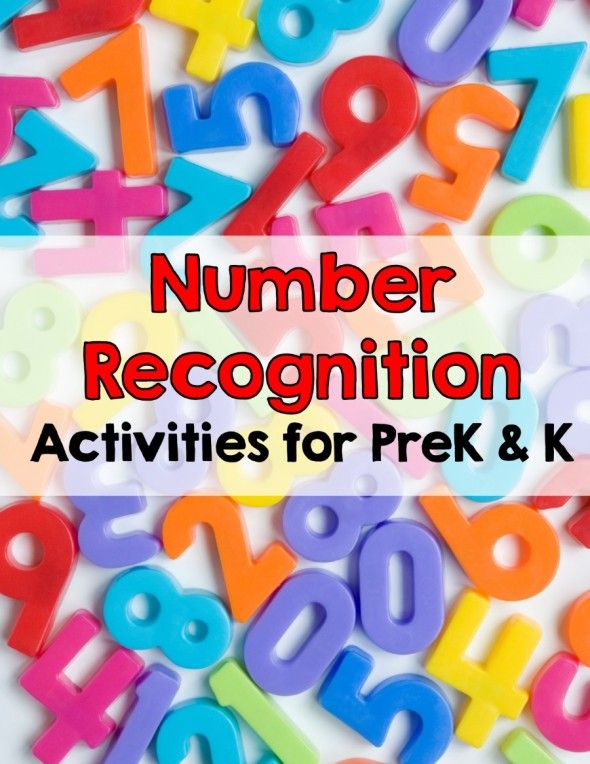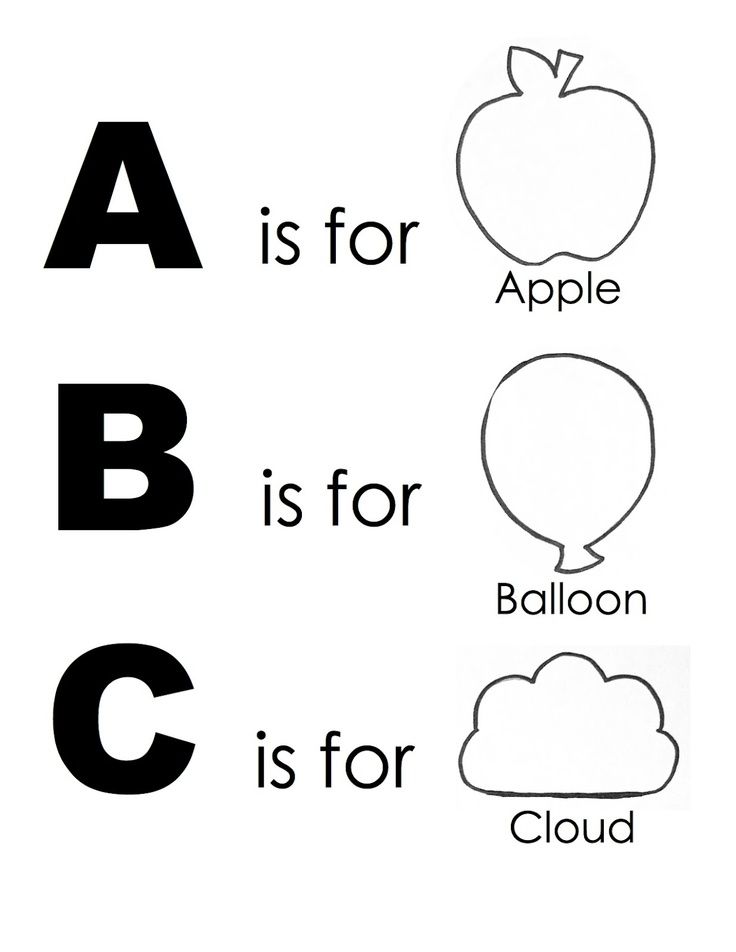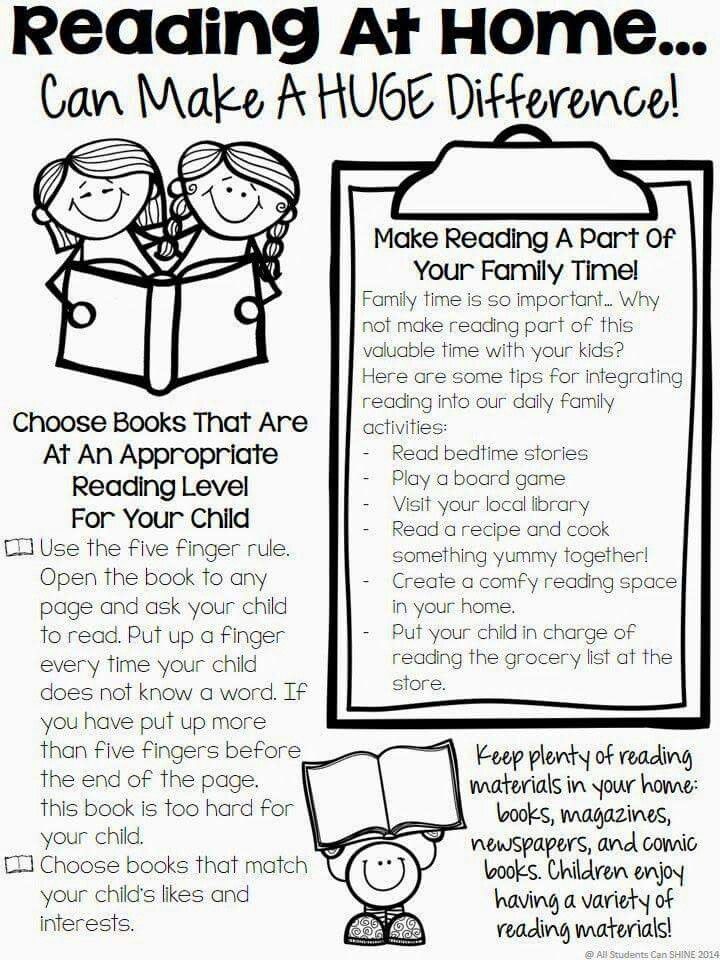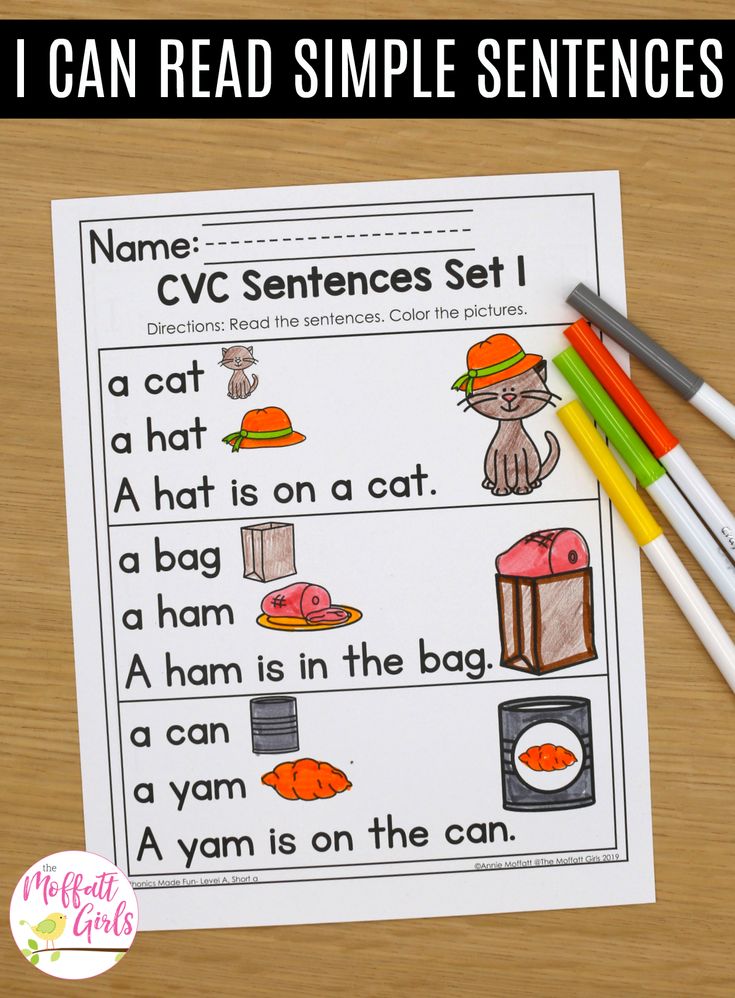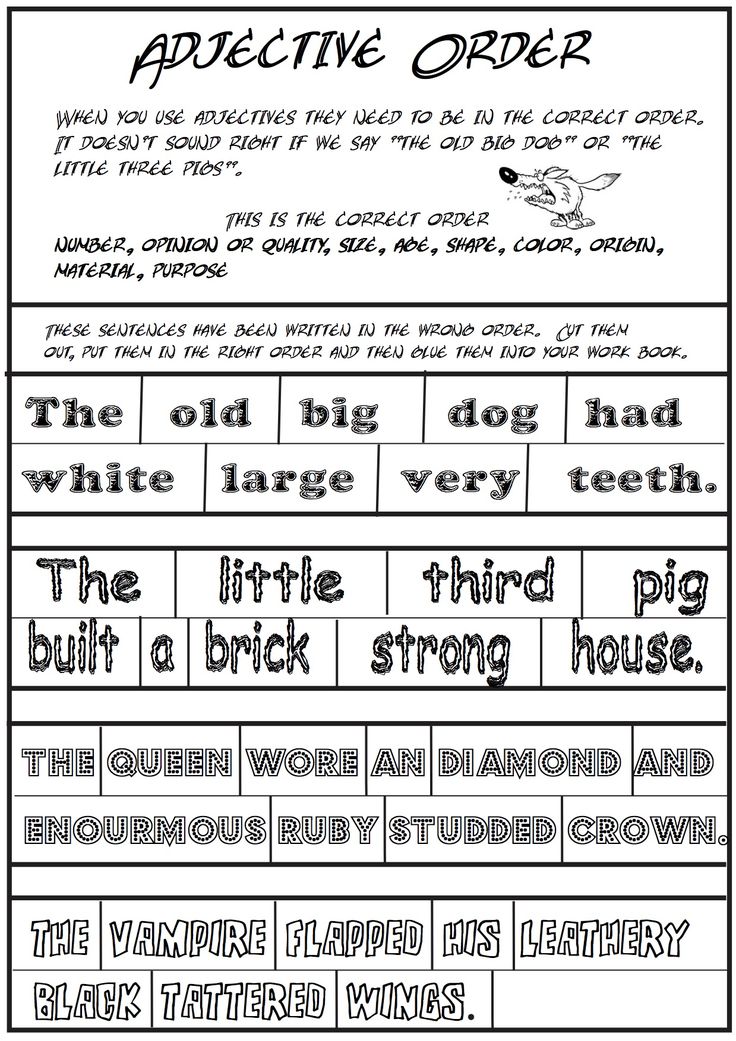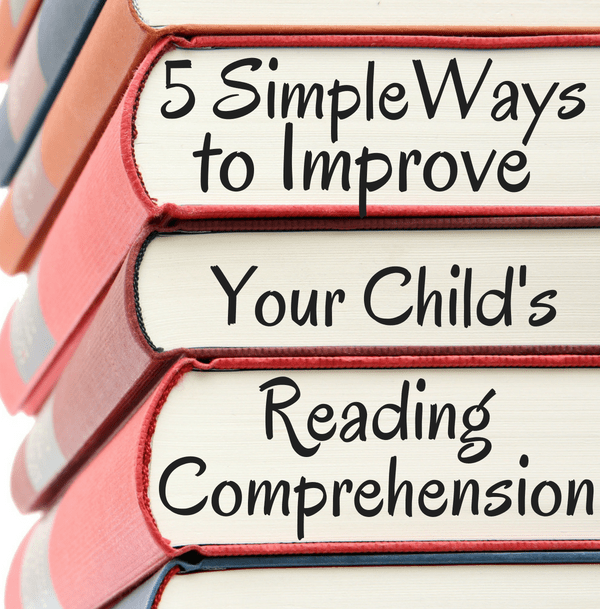Creative ways to study vocabulary words
8 Creative Ways To Study Vocabulary Words
- Table of Content
- 8 Creative Ways To Study Vocabulary Words
Learning vocabulary may not be the most exciting thing to do in school, but it is definitely an important part of a student’s development process. Grasping a new language can seem like a difficult task, especially when that language is as complex as English! Here are some creative ways to study vocabulary words where children can critically understand the context while drawing connections outside the lesson plan instead of just learning the definitions of words.
Also read How Summer Camp Improves A Child's Cognitive Abilities
Visual Stimulation:
Students always wonder how to learn vocabulary words. There are various ways to teach vocabulary to younger students. Coloring helps students visualize the word that they are being taught, which helps with comprehension. For older students, writing words out or creating flashcards helps in memorization of vocabulary words.
Brainstorm:
Affiliating words that are already familiar to students is one of the most creative ways to study vocabulary words. Vocabulary builds upon itself and associating vocabulary words with familiar words is to brainstorm with students. Once students have learned a word and its meaning, teachers can write the word and ask students to say words that go along with the new word.
Also read Lisping In Children - Signs & Symptoms
Charades Is The Way:
Teachers can make vocabulary words more fun to learn by turning the process into a charades game! Students can alternate to act out one of the vocabulary words, while the other students guess the word.
Write A Story:
A larger vocabulary enhances students’ reading and writing abilities, so what better way for students to learn vocabulary words than to use them in stories? It can be assigned on an individual project basis and students get the opportunity to learn proper spellings and definitions, and also how to learn the vocabulary words and use the words in the context.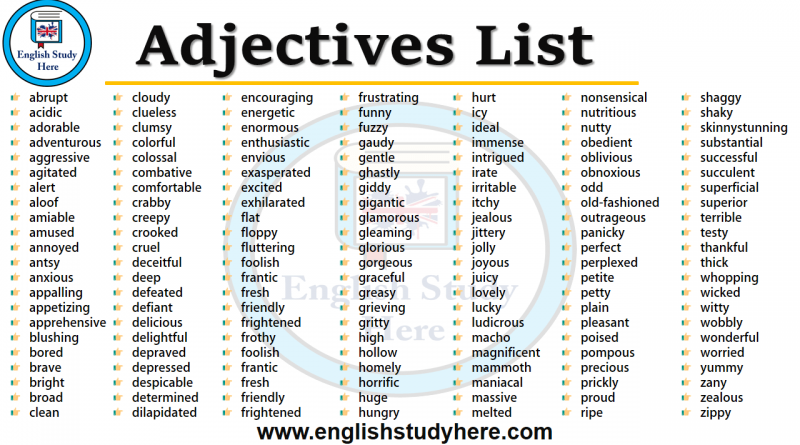
Also read 10 Must Read Books For Kids
Individualized Lists:
Each student should have their own individual vocabulary list. Students come across new words they don’t know every day in readings and discussions. When students pick out their own words, they will be motivated to learn them.
Read:
The best way to be exposed to a rich and wide vocabulary is to read! It helps in boosting your language skills and also helps you in learning new things. You can read what you like, the options are endless.
Also read Best Books For Kids By Age
Create Sentences:
Creating sentences helps us put everything we have learned into action. So, you have learned a new word and you understand when to use it, but, for the brain to remember this word in the long run, the best way is to memorize it. Have you heard Benjamin Franklin’s quote, “Tell me and I forget, teach me and I may remember, involve me and I learn”? By constructing sentences, you are helping your brain to learn because it gets actively involved in the learning process.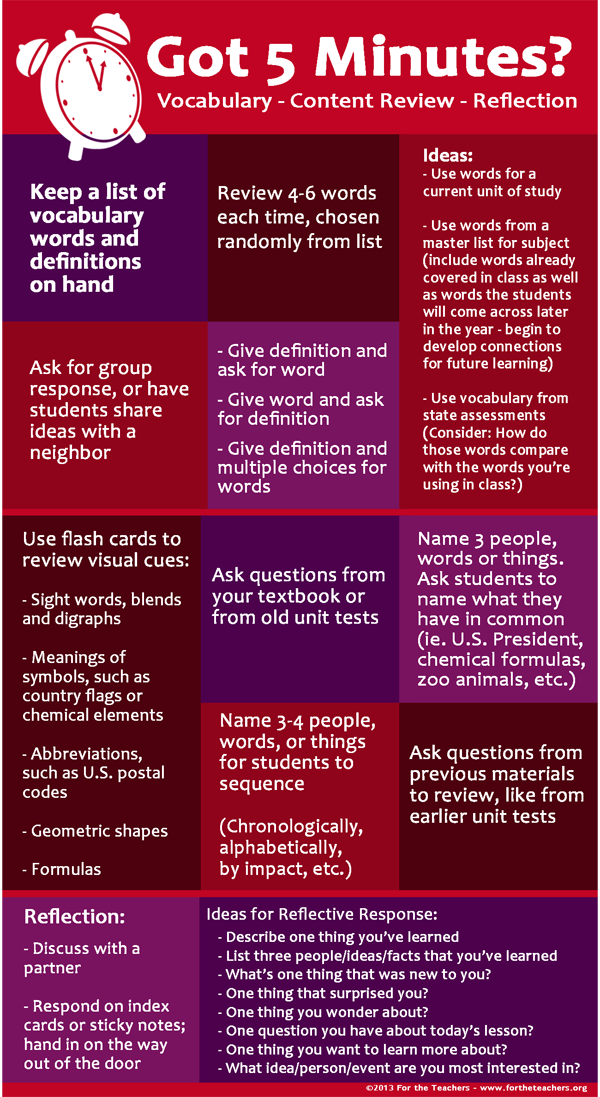
Google Images To Search Picture Words:
A general Google search is a great learning tool, but don’t forget about Google Images. Images are easy to remember and may stay in your mind in a way that words don’t.
Learning vocabulary with these methods doesn’t have to be a tedious task anymore! It can be made fun and easy which will motivate the students to learn new words and start practicing them too!
Written by -
JBCN International School
Share this post
Ekta
A doting mom to an angel, Social Media Specialist & Professional Blogger. She loves to share her thoughts with other parents in the same turbulent boat. She absolutely loves & adores her family & is learning to strike a good work-life balance. When she is not writing, cooking or busy taking care of her toddler, she probably is dancing to some good desi music!
067: 10 Creative Ways to Teach Vocabulary
Vocabulary is something that’s often added to English classes as a bit of an afterthought.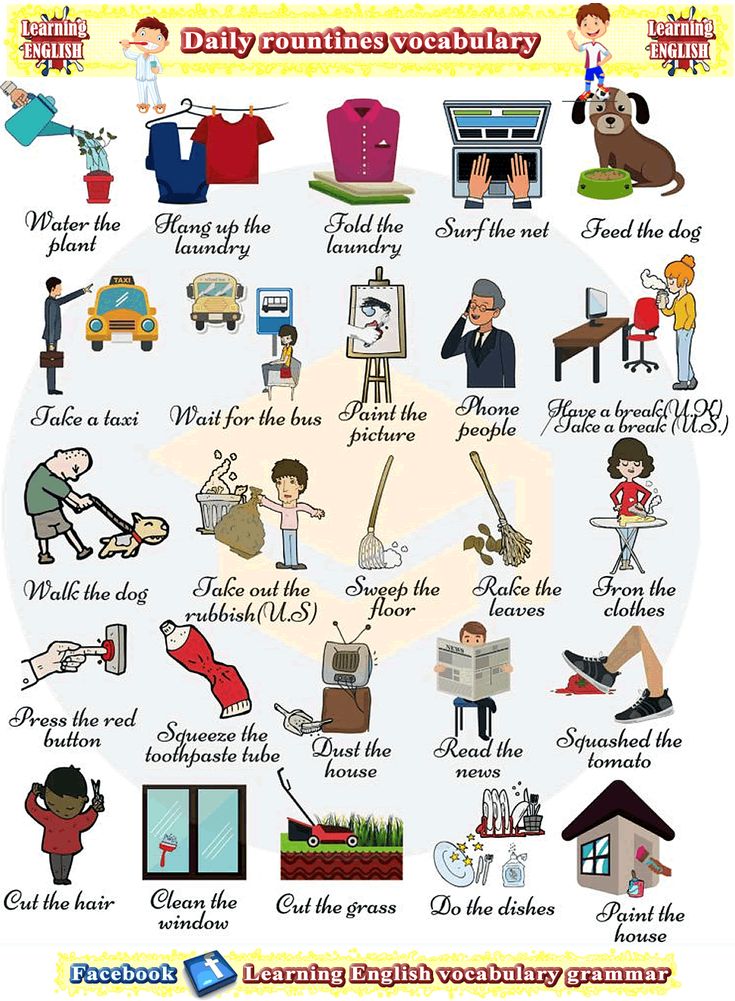 Something to get done randomly, in between all the other work. Alongside the lessons on grammar, literature, writing, speaking, debate, ethics, career studies, research skills, media literacy, love of reading, etc.!
Something to get done randomly, in between all the other work. Alongside the lessons on grammar, literature, writing, speaking, debate, ethics, career studies, research skills, media literacy, love of reading, etc.!
I like what Kelly Gallagher and Penny Kittle say in 180 Days about how you just have to choose what to focus on. You can’t do it all. (Also such good life advice, am I right?).
But often, vocabulary is a must. You’re handed a book to get through, or a list with a certain amount of SAT words that you need to cover each week.
When I first began teaching, I didn’t really know what to do with my vocabulary book. It had some great title like “Hot Words for the SAT” with little flames around the printed letters on the cover. Whoo hoo! Surely those flames meant it would be fun for my students!
So when I was planning my units, I scheduled in vocabulary quizzes for Fridays and “study for vocabulary quizzes” on Thursday nights. I know you’re impressed.
Since then, I’ve learned a few things. We can definitely do better than “study for vocabulary quizzes.” Not that I’m blaming twenty-two-year-old teacher me. There was a lot going on for her at work. I know you can relate.
But let’s dive into some other options, for those who have the time and energy to pursue them. In this post and podcast, I’m sharing ten ideas for making the study of vocabulary something students might even look forward to.
You can listen to the audio version below, or on iTunes, Blubrry, or Stitcher. Or, read on!
#1 Video Journals
You know how you sometimes stumble upon AMAZING Youtube videos and you just wish that somehow, someway they were applicable to your classroom? Like the video below, that I’m laughing so hard at again right now.
Well, vocabulary video journals are the perfect way to work them in. Each week, once your students have their vocabulary list, turn their attention to whatever video you’ve discovered that you think will be riveting for them (this Ukrainian sand painter and this guy dancing are two of my all-time favorites).
Each week, once your students have their vocabulary list, turn their attention to whatever video you’ve discovered that you think will be riveting for them (this Ukrainian sand painter and this guy dancing are two of my all-time favorites).
Play the video and then give them a short related prompt. So with the cat above, you might say “Write this cat’s internal monologue. Who is it sneaking up on? Or what is it planning? What happens after it jumps?”
Ask students to write in their journals (or notebooks, or iPads), using ALL THEIR VOCABULARY WORDS in their writing.
Will their writing be a little crazy? Perhaps not totally connected? At times, yes. But I have found that the videos are so engaging to them that they bring that positive energy into their vocabulary writing. After ten minutes they’ve at least considered and thought through the meaning of their words as they try to build them into their writing. Then have them trade notebooks and give each other a bit of feedback on whether they used the words correctly.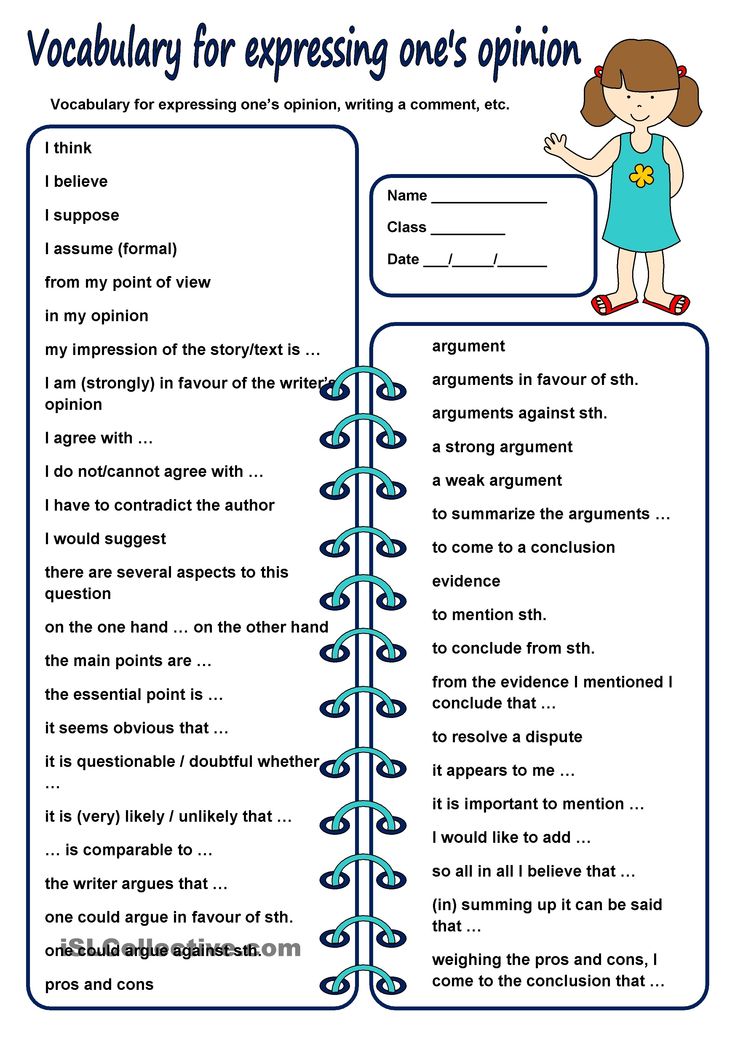 There’s no need to collect or grade this writing, it’s just a fun way to start memorizing the words and their meanings.
There’s no need to collect or grade this writing, it’s just a fun way to start memorizing the words and their meanings.
I wrote up a formal set of lesson plans for this activity for Read Write Think, if you’d like some printable materials and more video links.
#2 Create a Meaningful Vocabulary Product
What if instead of approaching vocabulary as something they had to learn each week, they approached their words as something they needed to be able to teach others?
I’ve been fascinated by Jal Mehta and Sarah Fine’s book In Search of Deeper Learning lately – I’ll be sharing more on this later, and interviewing Sarah on the podcast. One of the chapters is about a project at one high school to explain advanced economics concepts in a student-friendly way.
The students created their own economics text. “A student-authored economic textbook – in which each spread features students defining an economic concept with a facing page illustrating that concept – was praised by President Clinton as one of the most lucid and incisive books on the subject that he had ever read” (49-50). You guys, I couldn’t love this idea more.
You guys, I couldn’t love this idea more.
So how might you build it into your vocabulary instruction? Well, maybe your students create their own version of that economics textbook, with vocabulary words on one page and sketch notes or one-pagers explaining them on the connecting page. Or maybe they create a video channel for SAT-takers all over the world, posting new videos with new words every week of the year. Then you let them know that you can share their digitized book, or their channel, with a group of over 15,000 Creative High School English teachers. So basically if it’s good, it could be used by many, many students.
#3 Postcards
I’ve got a weakness for buying postcards, but I’ve turned it into a fun classroom tool. It’s easy to pick up cheap and unique postcards in thrift stores, boutiques, and of course, while traveling. If you can build up a small collection, they make a really fun vocabulary tool. You can invite students to contribute too.
My postcard collection (the tip of the iceberg)
Simply lay out your collection across the front of the room each week and let students choose a new postcard. Then give them a fairly general prompt to write on, using their vocabulary words, inspired by the postcard. For example, “Write the story of a conversation that just took place in the scene you’re looking at. Try to include lots of descriptive details about the characters speaking, as well as all your vocabulary words.”
Then give them a fairly general prompt to write on, using their vocabulary words, inspired by the postcard. For example, “Write the story of a conversation that just took place in the scene you’re looking at. Try to include lots of descriptive details about the characters speaking, as well as all your vocabulary words.”
Write for a while, then, again, trade and let students read each other’s writing and give feedback on how they used the words.
#4 Word Wall Posters
Have you heard of a word wall? Basically you put vocabulary you’re studying up on your wall, in a visually striking, memorable way (if at all possible). When I’m doing these, I like to assign each student a word and have them create a regular paper-sized poster with their word on it along with complementary images, synonyms, the definition, etc. I like what my friend Melissa says about making sure word wall fonts are BIG so they can be read from across the room, and putting your word wall area up on the part of the wall students are most often facing.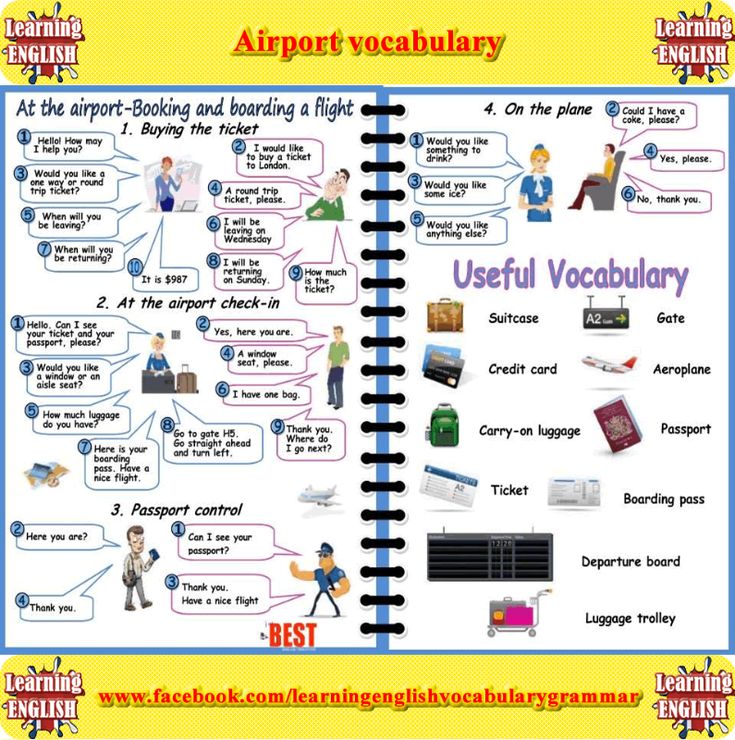
You can choose to put the word wall posters up AFTER whatever vocabulary assessment you use, building a huge wall of posters throughout the year, or you can have them up all week and then take them down before the assessment. It probably goes without saying, but you won’t want them up during any vocabulary quizzes!
My own personal twist on the word wall concept is that I like to do a get-up-and-move activity with my students once they’ve created their posters. I divide the class in half, and have each half form a circle – one inside the other. Then they turn so they’re each facing a partner. I give everyone thirty seconds to present their word wall posters with their partners, then call for one of the circles to rotate. We repeat this until the circles have gone around. While they won’t see every word during this rapid-fire vocabulary stream, they see a lot, and it’s always fun. (By the way, I call this “rotating circles” and it’s good in lots of situations.)
#5 Vocabulary One-Pagers
Another great way to get students thinking carefully about their words is to have them create vocabulary one-pagers. If you’ve used one-pagers with novels, podcasts, films, or as a getting-to-know you activity, students already know the concept of connecting key imagery and words to distill concepts into a one-pager. It’s easy to do it with vocabulary too, and it makes the words far more memorable to see them illustrated.
If you’ve used one-pagers with novels, podcasts, films, or as a getting-to-know you activity, students already know the concept of connecting key imagery and words to distill concepts into a one-pager. It’s easy to do it with vocabulary too, and it makes the words far more memorable to see them illustrated.
My vocabulary one-pager activity
#6 Vocabulary Review Games
By now, Kahoot and Quizlet are much loved tools for the teachers of a gamer generation. But have you ever tried Quizziz? I discovered this free tool through Jennifer Gonzalez’s info-rich Teacher’s Guide to Tech for 2019. You create quizzes students can play alone or live in your class. Then Quizziz grades them for you so you can see how everyone’s doing.
As a player, you see your ranking after each answer, and you also get a meme response to how you’re doing. I was entertained, and found myself scrambling for the right answers as the countdown timer showed my dwindling response time when I played another teacher’s vocabulary quiz.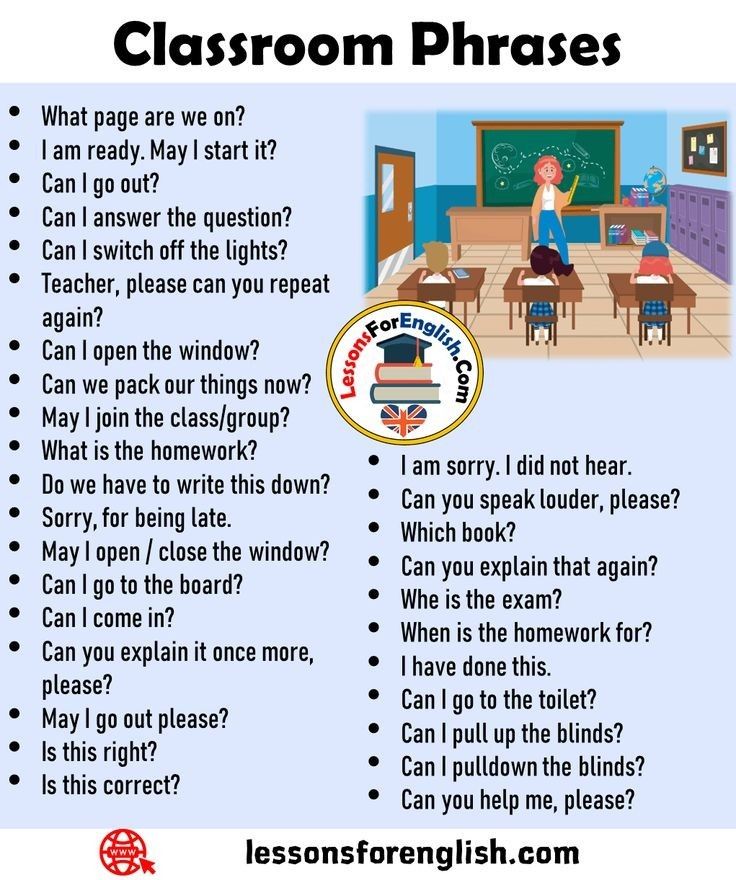 Here are some screenshots to give you an idea of what the platform is like.
Here are some screenshots to give you an idea of what the platform is like.
The questions and answers are easy to read
Definitely had two questions wrong after the first handful. Despite my twenty years of schooling..
I salute you, “Sood da Dood.”
The meme responses to whether you get the question right or wrong crack me up.
#7 Vocabulary Tattoo Design
If you’re really struggling to get kids interested in the power of words, try an activity where you assign each student a word and ask them to create the tattoo image for someone who wanted this word as part of a tattoo. Ask them to brainstorm a backstory for why that word was so important to the person, and then come up with an image that connects the word, its meaning, and the backstory. Not easy! But perhaps outside-the-box enough to capture some interest. Then let everyone present back their tattoo designs.
#8 Post-It Stations
Stations are a great way for you to get your kids up and moving around. Try posting words around the room on the walls, then having students move from place to play and put up sentences using the words on post-its. As they circulate, they’ll get to see lots of others’ sentences as well. You’ll want to circulate too, so you can lightly edit post-its that don’t quite get the definition right in their usage. Or you can give this job to a handful of students, making them a team of official editors.
Try posting words around the room on the walls, then having students move from place to play and put up sentences using the words on post-its. As they circulate, they’ll get to see lots of others’ sentences as well. You’ll want to circulate too, so you can lightly edit post-its that don’t quite get the definition right in their usage. Or you can give this job to a handful of students, making them a team of official editors.
#9 Use your Makerspace
Have you fallen head over heels for Angela Stockman’s #makewriting concept with me? If so, perhaps you have maker elements like legos, clay, art materials, or other loose parts in your classroom. Why not create vocabulary maker challenges? Have student partners build a representation of their assigned word, then write on index cards or mini white boards how their made item represents the word. Proceed to gallery walk!
Fun, free printable poster from Delia Creates. I love it for an ELA Makerspace wall.
#10 Magic Spells
Like the tattoo activity, I think magic spell vocabulary has the potential to grab the attention of students who are really tapped out when it comes to studying vocab.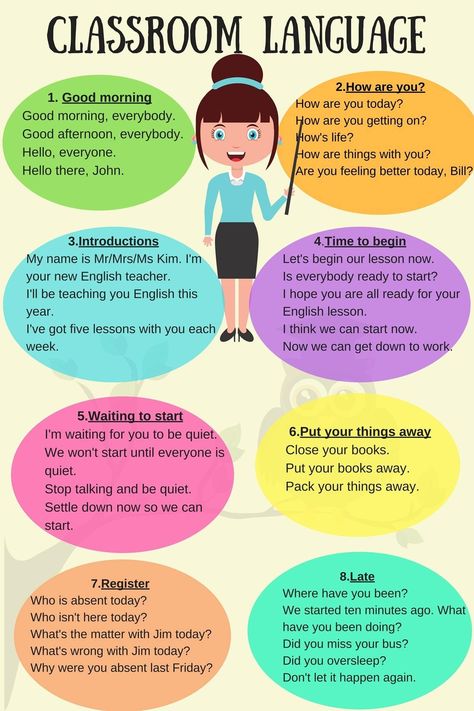
If your class loves Potter, try having them create magic spells that involve the words they’ve been assigned. Rowling does this with spells like “wingardium leviosa” (nice way to learn levitate) and “petrificus totalus” (you get the idea – petrify).
Have students go through their words and come up with a spell for each one, then explain what it does. You could even create a class vocabulary spell book, all working on it live together in class through Google Slides, then run through it at the end and choose your favorites together.
I hope these ideas help! I’d love for you to drop a comment below and let me know if you’re going to try some of them out.
Effective techniques for memorizing the spelling of dictionary words in elementary school
Classes: 1, 2, 3, 4, 5
"Every educated and self-respecting person should write competently, - you can often hear from teachers. What does literacy depend on? Unfortunately, not only from knowledge of the rules.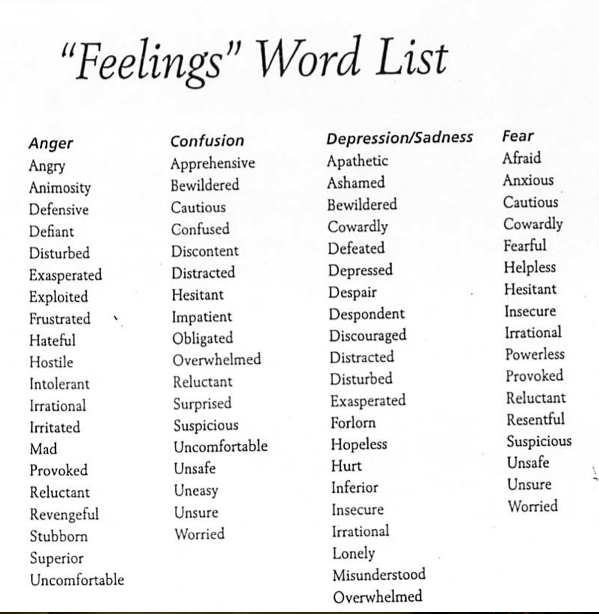 There are many words in the Russian language, which do not obey any rules. They just need to be memorized! These are dictionary words, that is, words for which we cannot find a test word and the spelling of which must be checked in a dictionary or memorized. Primary school students are required to memorize a large number of vocabulary words. The problem of memorization words with unchecked spellings exist in every class "Who came up with these dictionary words? And where did they come from?" - the guys grumble, getting ready for the next test. How to make this work less boring and monotonous? Let's try to figure it out and answer the questions posed.
There are many words in the Russian language, which do not obey any rules. They just need to be memorized! These are dictionary words, that is, words for which we cannot find a test word and the spelling of which must be checked in a dictionary or memorized. Primary school students are required to memorize a large number of vocabulary words. The problem of memorization words with unchecked spellings exist in every class "Who came up with these dictionary words? And where did they come from?" - the guys grumble, getting ready for the next test. How to make this work less boring and monotonous? Let's try to figure it out and answer the questions posed.
At the moment, the following methods of memorizing the spelling of dictionary words are considered effective:
- etymological
- "strengthening" of the memorized letter
- building a plot (grouping by writing vowels or letter combinations)
- associative graphic
- associative sound (phonetic)
It has long been proven that etymology is an assistant in checking vocabulary words.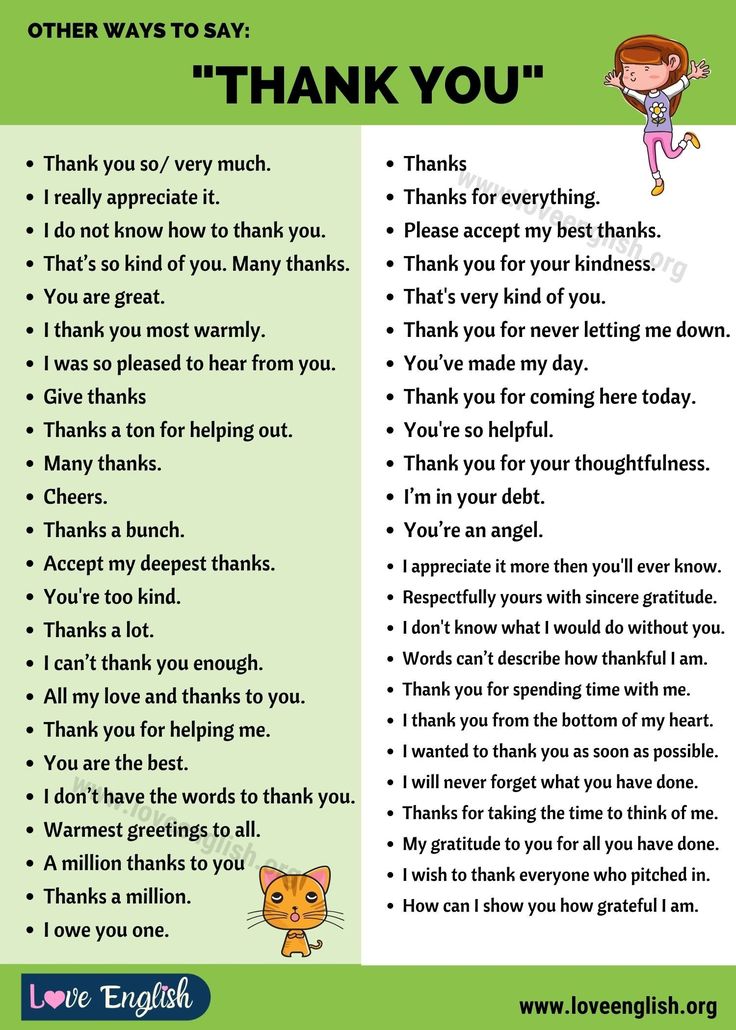
The etymological analysis of a word helps not only to better understand the meaning of the word, but also to remember its spelling. An elementary school student can easily find information about the origin of the word in the etymological dictionary.
After conducting an etymological analysis of some dictionary words, finding out their origin, learning about the source and time of the appearance of the word, its method of formation, one can be convinced that in some cases dictionary words can be checked knowing their etymology .
Reception "gain" is as follows. Those words that are most difficult to remember should be printed in large print and the remembered letter should be clearly highlighted in them. Place cards with words in a conspicuous place. A clear repeated pronunciation of a word with enhanced emphasis on a memorized letter is also an effective technique for memorizing a dictionary word.
In the reference literature, you can find the technique "brightening" , when the memorized letter is enhanced by compiling rebuses, crosswords.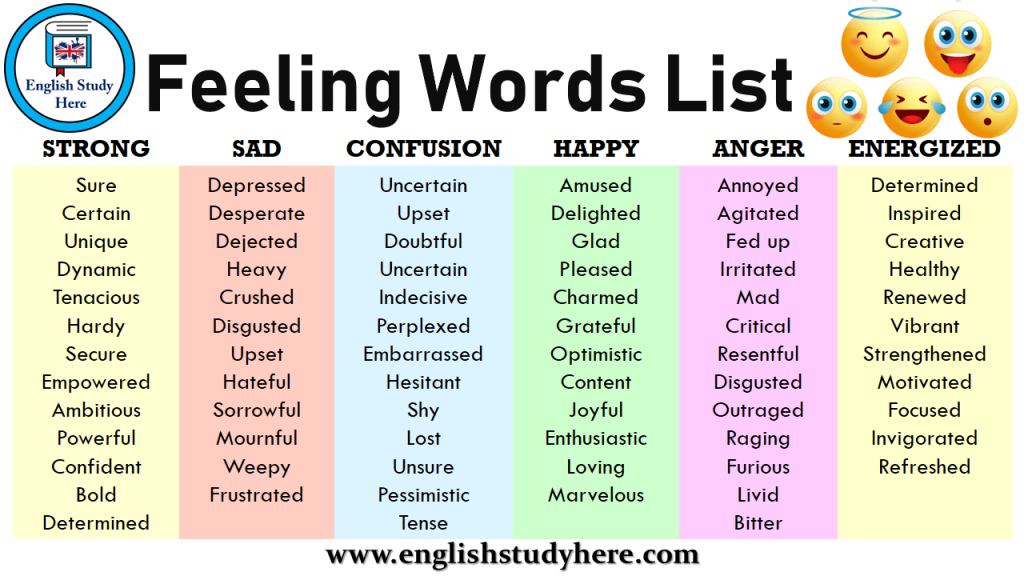
Method "building a plot" is based on inventing a plot, "tying" several dictionary words into it. Before compiling plot pictures, you need to group vocabulary words according to the spelling of vowels or letter combinations. For example, and - bus, tram, factory, work, people, newspaper, shop; o - city, Moscow, capital, Russia; e - February, north, wind, everywhere, birch, frost.
Based on the content of the picture, you can make sentences, combine them into short stories. For example, the plot picture shows objects that begin with kar -: painting, pocket, carriage, pencil, cardboard, caravan, carnival. Using creative thinking, you can compose the following story: Vorona Karkusha took out a pencil from her pocket and drew a picture on cardboard. A caravan of carriages was heading to the carnival.
Many years of work experience allows us to state that strong memorization of vocabulary words is facilitated by catch-associations .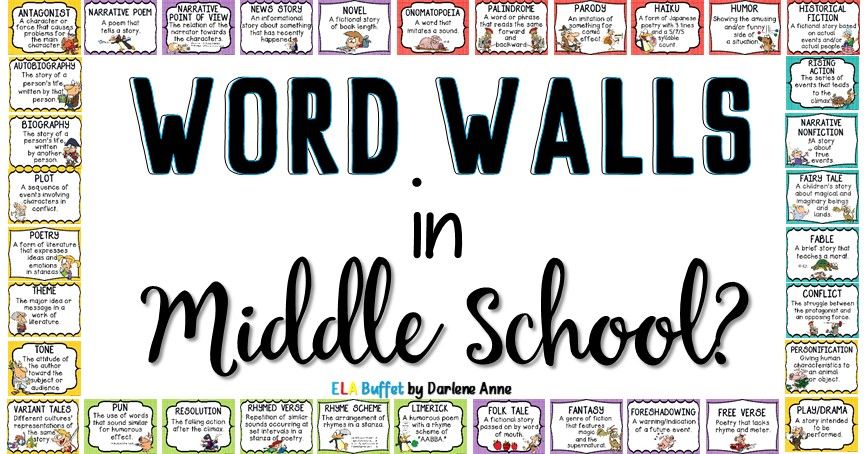 When inventing an associative image, one must remember that it must have some common feature with the memorized dictionary word. Sound and graphic associations are based on imagination and fantasy. Everyone will agree that children really like to come up with drawings and select “relatives” for vocabulary words. Such work turns the memorization of vocabulary words into an exciting activity.
When inventing an associative image, one must remember that it must have some common feature with the memorized dictionary word. Sound and graphic associations are based on imagination and fantasy. Everyone will agree that children really like to come up with drawings and select “relatives” for vocabulary words. Such work turns the memorization of vocabulary words into an exciting activity.
Association is, in a broad sense, the linking of something with something, it is such a connection between two or more phenomena (objects, sensations, ideas, words, etc.), in which the recall of one of them entails the appearance another. So, for example, when you see a person walking with an umbrella, you remember the rain (in other words, the umbrella is associated with rain), and when they ask you what winter is associated with, you will most likely say that with snow and frost . And yet, the associations of different people are very different from each other.
In fact, creating memory associations is an art.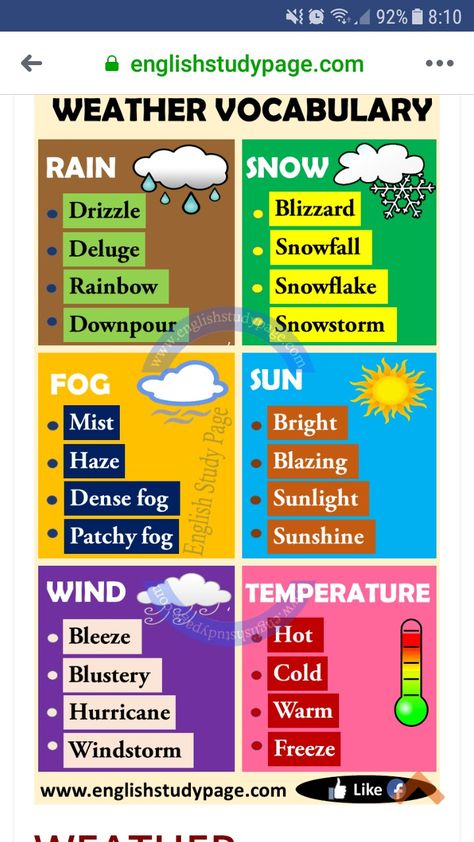 The famous American psychologist and philosopher William James (1842-1910) noted: "The art of good memory is the art of creating numerous and varied connections with any information that we want to remember ...".
The famous American psychologist and philosopher William James (1842-1910) noted: "The art of good memory is the art of creating numerous and varied connections with any information that we want to remember ...".
Psychologists say that with this method you can remember any information. Teachers-scientists A. Pogodina, V. Agafonova claim that in the work on memorizing words with unverifiable spelling reception of vivid associations contributes to their strong memorization and development of creative abilities. The associative memorization algorithm works for the development of thinking, develops the ability to analyze, teaches you to understand yourself, listen to yourself.
When compiling associations, it should be taken into account that the following requirements are imposed on the associative image :
The associative image must be associated with the dictionary word by some feature. Associative link can be by:
- color;
- form;
- action;
- material;
- quantity;
- sound;
- appointment, etc.

The associative image must have in its spelling an undoubted letter, which is doubtful in the dictionary word.
Associations play an important role in memorizing vocabulary words. How does this happen? In order to write a spelling correctly, you need to create a vivid associative image that will help you remember the spelling of this dictionary word.
There are various methods of associative memorization. It is known that memorization is facilitated by the involvement of various analyzers in the process of perception. Therefore, there must be a reliance on different types of memory . The existence of different methods of memorization depends on this.
The reception of sound (phonetic) associations consists in the following: we associate the memorized word with another, in which the "problem" letter does not cause doubts. And the sound of this word should be similar to the dictionary. The associative connection is played out in a poem, fairy tale, riddle or charade, and the dictionary word will have a “foster relative” that will help to highlight and firmly remember the desired spelling.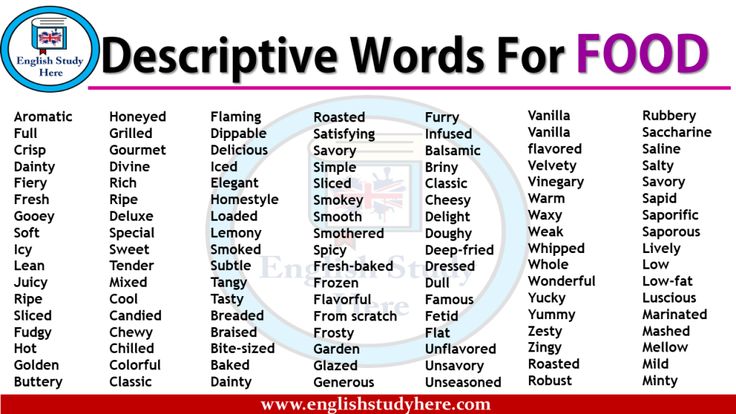 The more unexpected, funnier and more unexpected such a connection between words, the higher the efficiency of memorization.
The more unexpected, funnier and more unexpected such a connection between words, the higher the efficiency of memorization.
It is important to remember that a consonant word is selected for the studied dictionary word, in which the “difficult” letter sounds clearly. If a “difficult” letter is unstressed, then in a consonant word it must necessarily be stressed. For example, to about slave - m about re, in ok hall - ok olo hall, d and van - d and out. We, as it were, select a “foster relative” to the dictionary word, which will help to remember the desired letter.
The reception of phonetic associations is used in cases where a phrase from consonance and a dictionary word is especially successful. For example, the word breakfast. Consonant with him the word cancer. If these two words are combined in one phrase, it will turn out - crayfish for breakfast. The invented phrase sounds good and is well presented, it can also be accompanied by a picture. Or, for example, an engineer - Zhenya is an engineer, a plate + a plate is a container. Thus, the guys and I came up with our own rules for dictionary words - “wrong”.
Or, for example, an engineer - Zhenya is an engineer, a plate + a plate is a container. Thus, the guys and I came up with our own rules for dictionary words - “wrong”.
Take, for example, the word newspaper. How to remember that it is written with "a" and not "o"? Let's choose a "foster relative" for him - the word gas. In this word, the sound "a" is stressed and it is simply impossible to write "o" here. And the word itself coincides with the first part of the word newspaper. It remains only to connect them together.
Reception graphic associations consists in playing with a memorable letter in a drawing. In order to memorize a compound word, it is necessary to draw a picture on which to depict the memorized word itself and the "problematic" letter that needs to be beaten. In this case, the letter can be large or small, printed or written, of any font. The drawing can be very simple, schematic, no artistic talents are required to master this method, because you draw only for yourself.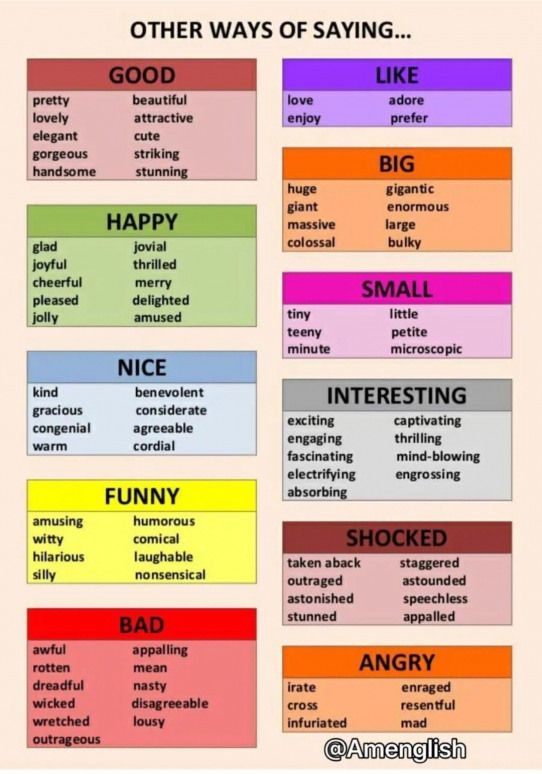 You can also “draw” more complex words in which you need to memorize two or three letters at once. In fact, there is no such word that could not be represented graphically. The main thing is to show imagination. Thus, when using this technique, we remember not an abstract letter consisting of sticks and circles, but a very specific image, so it becomes much easier to master the spelling of a word.
You can also “draw” more complex words in which you need to memorize two or three letters at once. In fact, there is no such word that could not be represented graphically. The main thing is to show imagination. Thus, when using this technique, we remember not an abstract letter consisting of sticks and circles, but a very specific image, so it becomes much easier to master the spelling of a word.
Having studied each of the techniques in detail, I come to the conclusion that they all contribute to a strong memorization of the spelling of dictionary words. In my opinion, the method of associations, both graphic and phonetic, is the most effective, because the work of inventing associative images can captivate younger students, and vocabulary work becomes “learning with passion”.
References
- Gordeev EV, Dmitryuk MV. Creative approach to the study of words with unchecked spelling. //Primary school, 1995, #1. – 94 p.
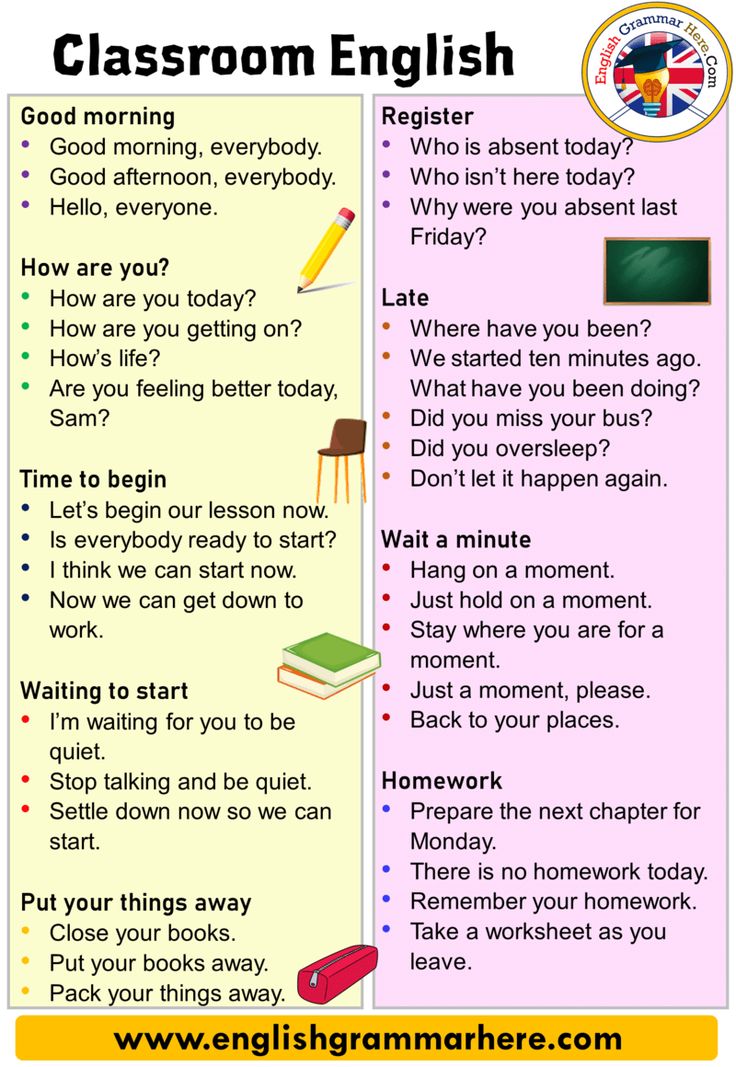
- Ozhegov. Dictionary of the Russian language. M., 1986.
- Savelyeva L.V. A systematic approach to the study of unchecked and difficult to check spellings in elementary school. / / Primary school, 2002, No. 7. - 112 p.
- Vocabulary work based on the method of bright associations // Elementary school. 2010. No. 13.
- Soldatova Elena Zinovievna. Dictionary in verse: [The manual is designed to work with vocabulary words in Russian lessons. lang. and after school hours in elementary grades] / E.Z. Soldatova. - [M.]: Gramotey, 2004
- Sycheva N.V. Dictionary words. 1-2 classes. 40 color cards. A unique memorization method. - Moscow; AST, 2015
- Uspensky L.V. Why not otherwise?: Schoolboy Etymological Dictionary, Moscow: AST; Vladimir: Zebra E; 2009
- Uspensky L.V. Word about words, M .: "Astrel", "World of Encyclopedias Avanta +" 2010
- Ushakova Olga Dmitrievna / edited by: Vdovina I. / Ed: Litera, 2018
- Shanskoy M.
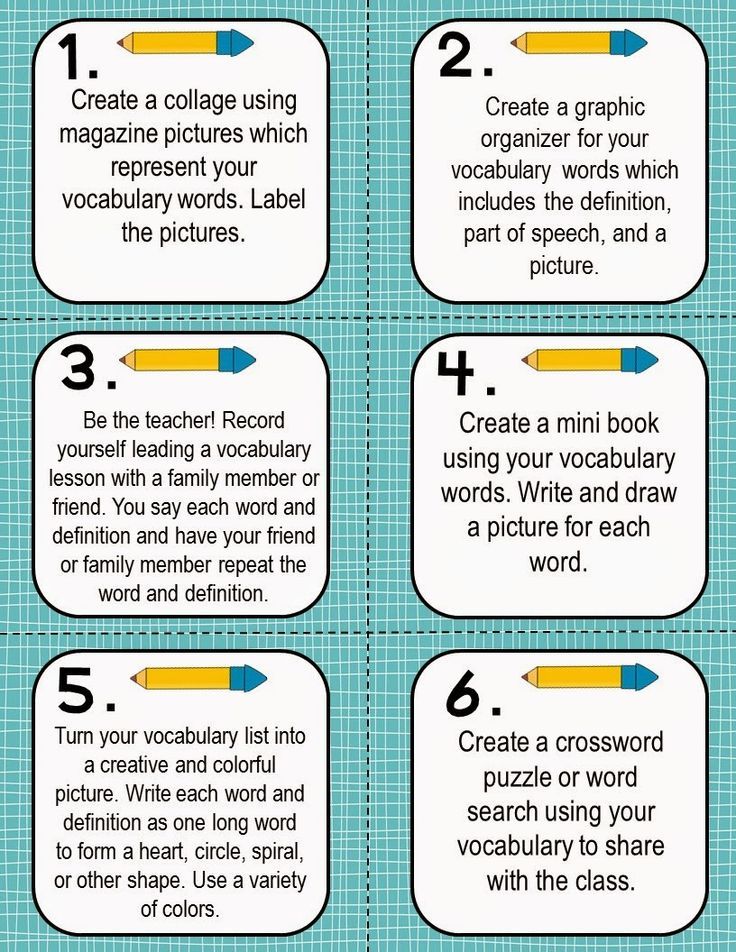 N. Etymological dictionary of the Russian language. M., 1971.
N. Etymological dictionary of the Russian language. M., 1971.
P.Ya.Chernykh. Historical and etymological dictionary of the modern Russian language. In 2 volumes. Publisher: Russian language, 1994
Internet resources:
- http://headinsider.info/1x3aa1.html
- https://rus.1sept.ru/article.php?ID=200601401
Effective Ways to Memorize Vocabulary Words
"Effective Ways to Memorize Vocabulary Words"
Many parents of primary school students know how difficult it is for their children to memorize vocabulary words. The process of simply memorizing these words does not give positive results. A particularly large number of errors in vocabulary words are made by children who experience learning difficulties. After all, the spelling of dictionary words is acquired in most cases by memorization. In children with learning problems, as a rule, memory is poorly developed, attention is not sufficiently stable.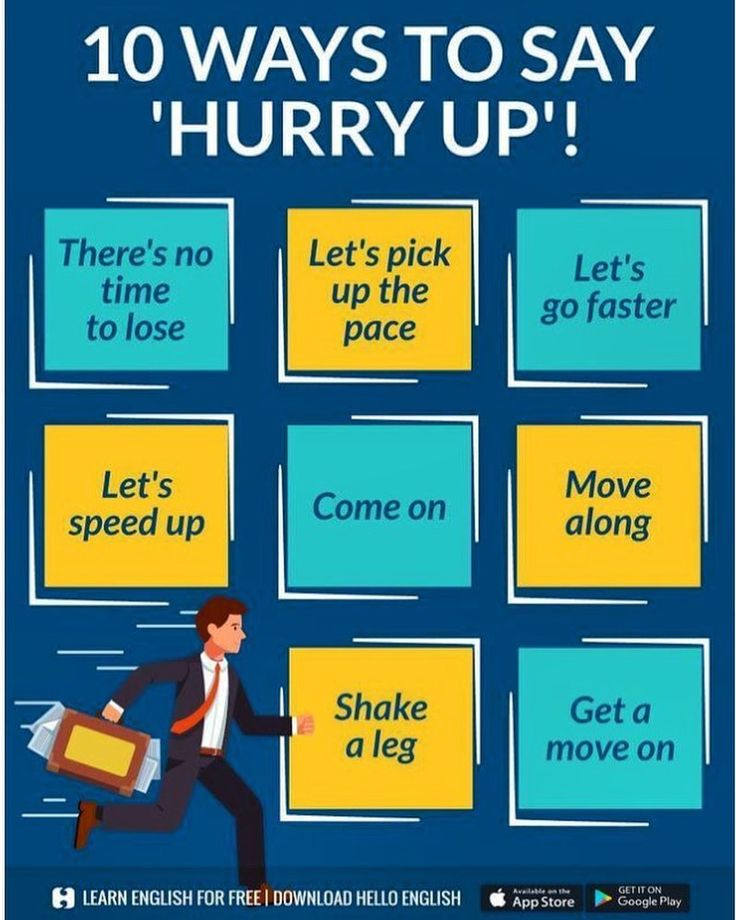
In order for each student to be able to remember "difficult" words for a long time, it is necessary to make the process of mastering vocabulary words exciting. To do this, you can use a number of effective techniques by which words that are difficult to write are easily fixed in the child's memory.
How to organize work with vocabulary words at home? First of all, it is recommended to have a list of vocabulary words studied and previously studied, as well as a separate notebook for writing vocabulary words. Acquaintance with a new vocabulary word is carried out by the teacher at the lesson at school. When doing homework, parents can ask the child: - What vocabulary word did you meet at the lesson today? What letter in this word should be remembered? Ask to name cognate (related) words, pronounce their spelling.
To remember the spelling of difficult words, you need to pronounce and write them down more often.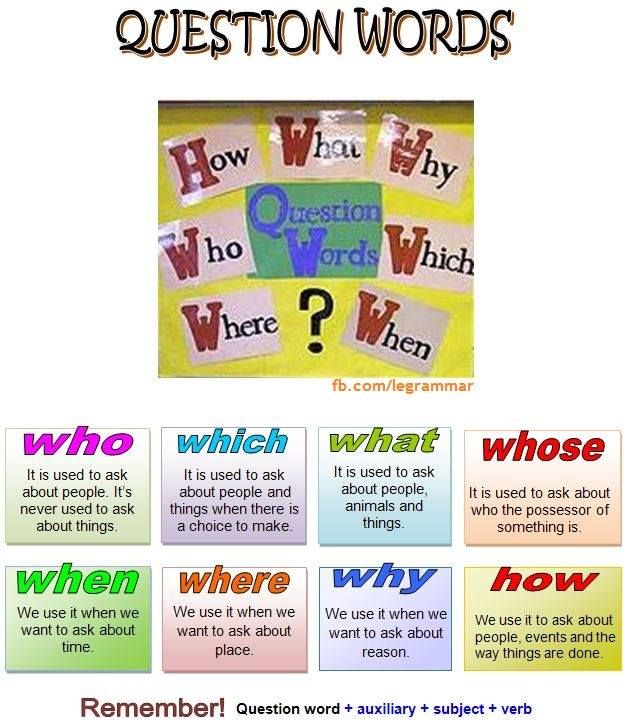 It is recommended to write down the learned words every day (6-10 words). Many teachers include this work in their homework. If this is not practiced in your class, but you are interested in the child knowing the spelling of vocabulary words well, write down the learned words in a separate notebook. After writing down the words, the child must indicate (underline, highlight) the letter to be remembered. Words should be changed every day, more often prescribe those words in which a mistake is made. At the end of the week, it is recommended to write these studied words under the dictation of an adult.
It is recommended to write down the learned words every day (6-10 words). Many teachers include this work in their homework. If this is not practiced in your class, but you are interested in the child knowing the spelling of vocabulary words well, write down the learned words in a separate notebook. After writing down the words, the child must indicate (underline, highlight) the letter to be remembered. Words should be changed every day, more often prescribe those words in which a mistake is made. At the end of the week, it is recommended to write these studied words under the dictation of an adult.
To diversify the work with vocabulary words, you should link their memorization with the grammar and spelling material studied in the lesson:
1. Write down the words alphabetically.
2. Divide words into syllables, put stress.
3. Perform sound-letter analysis of the word.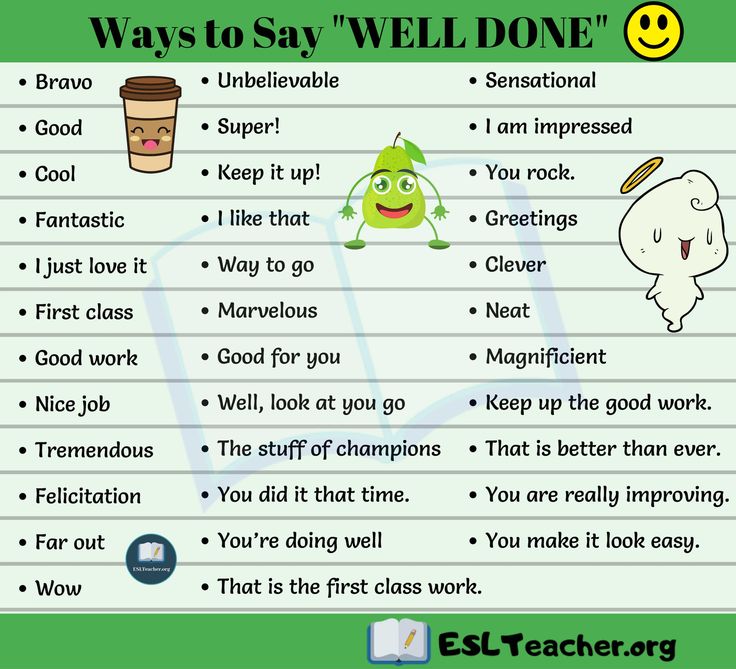
4. Write out dictionary words in several columns:
by birth; by inclination; animate and inanimate.
5. Parse the words by composition.
6. Pick up the same-root words of another part of speech.
7. Make sentences from a group of vocabulary words.
What should I do if my child fails to remember the spelling of difficult words? There are some pedagogical techniques that contribute to the successful mastering of the spelling of dictionary words:
1. Etymological analysis of the word.
2. “Strengthening” a memorized letter in a word.
3. Reception of building a plot.
4. Mnemonics (visual and sound associations).
5. Entertaining material.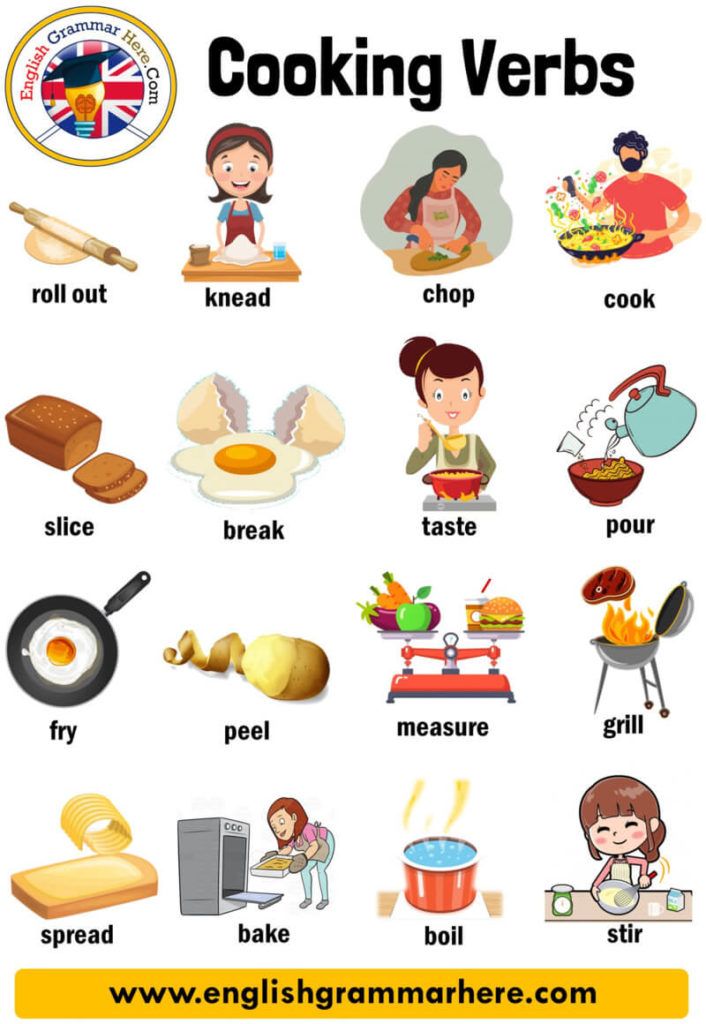
Let's take a closer look at each method of memorizing vocabulary words.
Etymology is one of the branches of the science of language that studies the origin of a word. The etymological analysis of the word helps to better understand the meaning of the word and its spelling. With a conscious, interesting assimilation of something, the degree of memorization increases significantly. Information about the origin of the word can be found in the etymological dictionary or on the Internet.
For example, the word insect comes from the word notches that insects have, the test word is slash. The word capital comes from the word table, capital (main) city.[9]
"Strengthening" the memorized letter in the word. Those words that are the most difficult to remember, print in large print and clearly highlight the remembered letter in them. Place cards with words in a place visible to the child.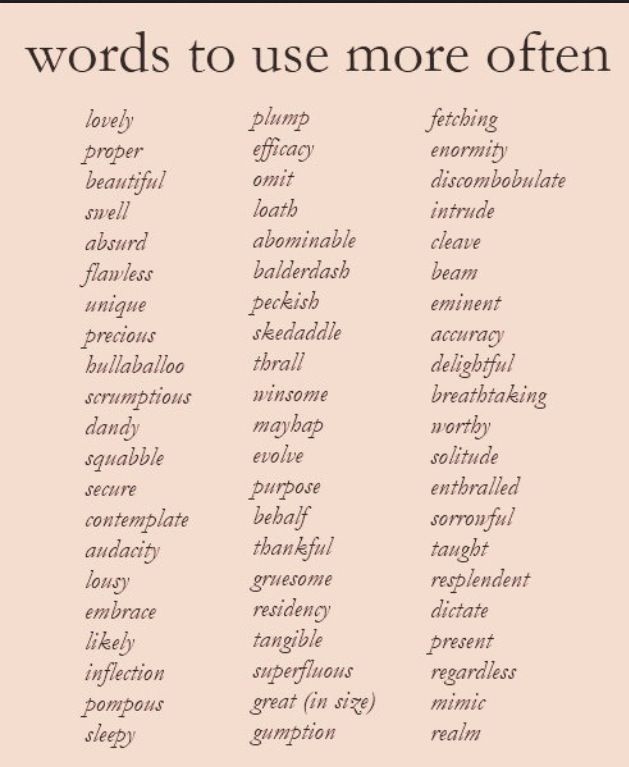 A clear repeated pronunciation of a word with enhanced emphasis on a memorized letter is also an effective technique for memorizing a dictionary word.
A clear repeated pronunciation of a word with enhanced emphasis on a memorized letter is also an effective technique for memorizing a dictionary word.
Building the plot. Before compiling plot pictures, you need to group vocabulary words according to the spelling of vowels or letter combinations. For example, and - bus, tram, factory, work, people, newspaper, shop; o - city, Moscow, capital, Russia; e - February, north, wind, everywhere, birch, frost.
Based on the content of the picture, students make sentences and combine them into short stories. For example, the plot picture shows objects that start with car -: picture, pocket, carriage, pencil, cardboard, caravan, carnival. Using creative thinking, you can compose the following story: Crow Karkusha took out a pencil from her pocket and drew a picture on cardboard. A caravan of carriages was heading to the carnival.
Writing vocabulary words is remembered by children faster and easier if they compose and draw these story pictures themselves.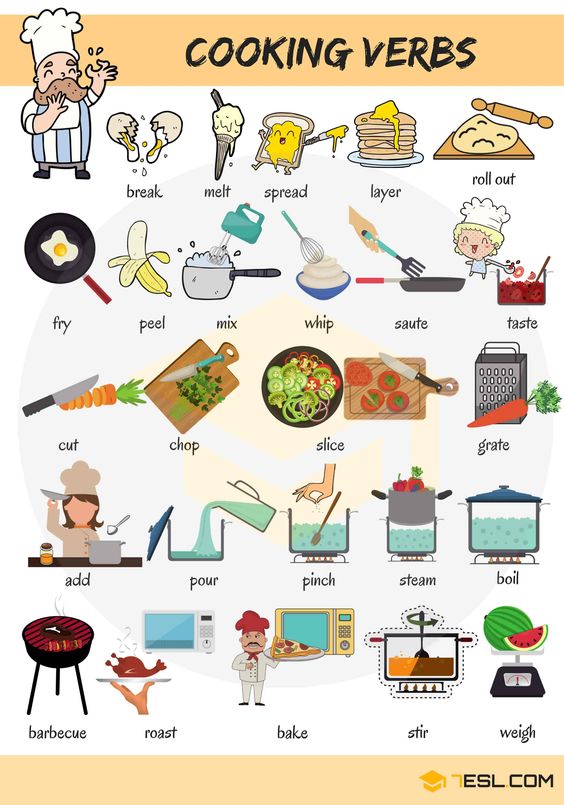 Effective memorization in the process of drawing is facilitated by repeated repetition of the studied words. This work arouses interest in children, develops creative thinking. And what the child is interested in is remembered easier and stronger.
Effective memorization in the process of drawing is facilitated by repeated repetition of the studied words. This work arouses interest in children, develops creative thinking. And what the child is interested in is remembered easier and stronger.
Mnemonics (from the Greek mnemonikon - the art of memorization) is a system of special techniques that facilitate memorization and increase memory through artificial associations. With the help of associations, emotional-figurative memory is activated. When inventing an associative image, one must remember that it must have some common feature with the memorized dictionary word (form, taste, sound, purpose, etc.).
e.g. m a no sowing e [3]
Method graphic associations . To memorize an unverifiable letter in a dictionary word, a drawing is made denoting an object and a “difficult” letter is played in it. This letter can be of any size and font, printed or written. Drawings or pictures depicting an object, invented and drawn by the child himself, are well remembered and easily reproduced when writing vocabulary dictations.
This letter can be of any size and font, printed or written. Drawings or pictures depicting an object, invented and drawn by the child himself, are well remembered and easily reproduced when writing vocabulary dictations.
Method sound associations . A consonant word is selected for the studied dictionary word, in which the “difficult” letter sounds clearly. If a “difficult” letter is unstressed, then in a consonant word it must necessarily be stressed. For example, to O Rable - m O re, in OK 22222222 ok ok ok ok ok ok ok ok ok ok ok.0223 and van - d and ext. We, as it were, select a “foster relative” to the dictionary word, which will help to remember the desired letter. It can be poems, funny rhymes, charades. The funnier and more unexpected the associative connection between words, the more effective memorization.
K o 0067 T - sampling controller and L B and years:
for the ice rink now goes! Click! - and the letter And is not in it!
As soon as “To A P-cap-cap” sounded-in the fields behind the river, in rye,
K A BUSTICAL RUMCH RAMS. For and have already gathered and .
Sound and graphic associations are based on imagination and fantasy. Children really like to come up with drawings and select “relatives” for vocabulary words. Such work turns the memorization of vocabulary words into an exciting activity. [1]
Interesting material. The use of entertaining material in teaching always arouses particular interest, activates students to work, relieves fatigue and stress.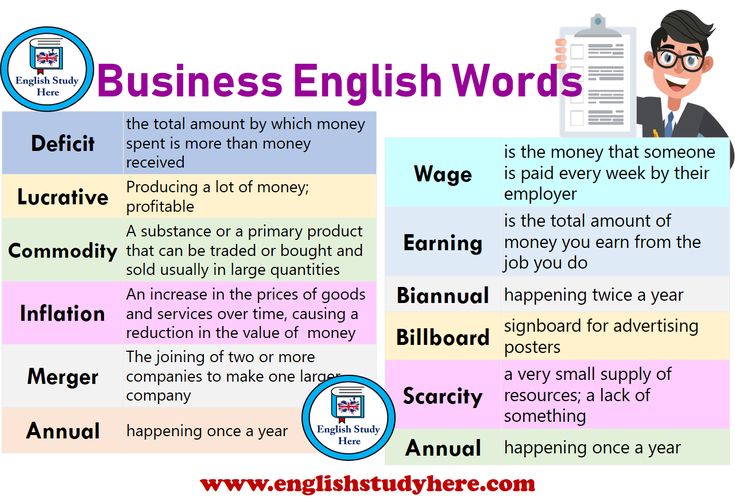 When repeating and consolidating the spelling of dictionary words, you can invite children to independently or with the help of an adult compose a crossword puzzle from dictionary words, come up with a rebus. Compiling and solving crossword puzzles and puzzles enriches vocabulary, helps the child understand the semantic meaning of words, learn their correct spelling.
When repeating and consolidating the spelling of dictionary words, you can invite children to independently or with the help of an adult compose a crossword puzzle from dictionary words, come up with a rebus. Compiling and solving crossword puzzles and puzzles enriches vocabulary, helps the child understand the semantic meaning of words, learn their correct spelling.
To enhance activity and attract unstable attention, children can be offered various didactic games [2]:
1. "Learn the word"
Learn the word by one consonant letters: .
2. “Collect the words”
Collect the word from scattered syllables: fe, con, ta – candy; ko, lo, yab - an apple; neither, earth, ka, la - strawberries.
3. Shopping
Olya and Anya went shopping. Olya took vegetables and fruits with an unverifiable unstressed vowel O ( cucumber, apple, carrot ), Anya - with A ( cabbage, orange, zucchini ).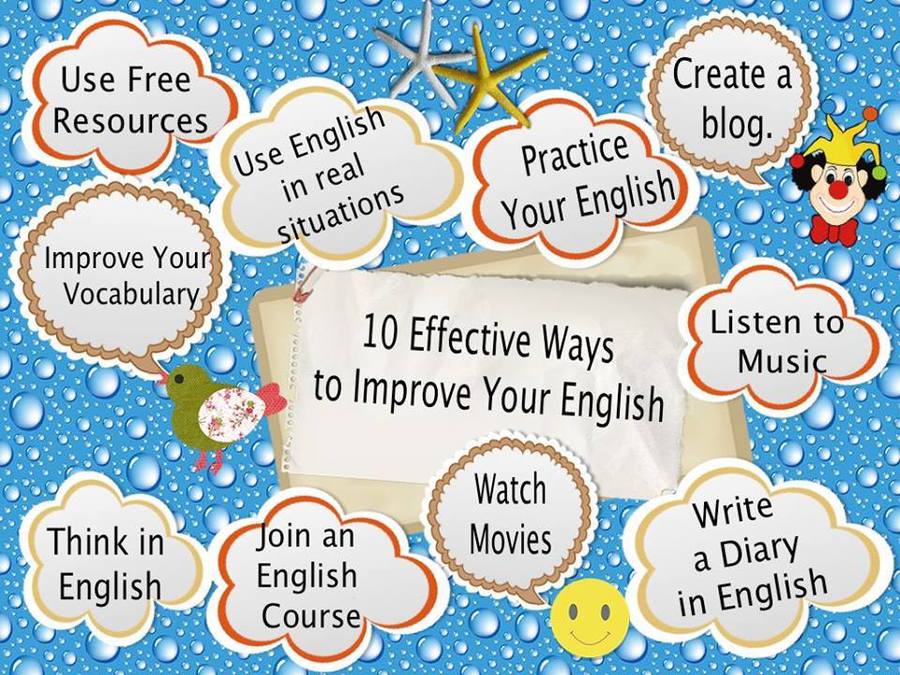
4. "Joke questions-riddles"
1) In what words does cancer live? (breakfast, rocket)
2) Which words contain notes? (tomato, guys, beans, road, lilac)
3) Name the words in which the numbers are hidden. (Motherland, once, magpie, showcase)
4) All words are good, but where did the snakes hide? (dinner)
5) What words does the crow like? (potato, picture, pencil, pocket, carriage)
5. "Vocabular hide-and-seek"
Find dictionary words in the text and write them out.
For example, an excerpt from the poem by S. Ya. Marshak "Night Page"
Before you - page
The capital city is shrouded in darkness.
2 go on vacation trams ,
trolleybuses Rasmated to the dicensed. In this way, the systematic and purposeful work of the unusual work is inherently omniposed. , teaches them to analyze each word, to see the remembered letter, helps to form a conscious writing skill. Various forms of work contribute to the development of memory, attention, cognitive activity, independence, creative thinking, instill interest in the native language.
In this way, the systematic and purposeful work of the unusual work is inherently omniposed. , teaches them to analyze each word, to see the remembered letter, helps to form a conscious writing skill. Various forms of work contribute to the development of memory, attention, cognitive activity, independence, creative thinking, instill interest in the native language.
Tips for parents
1. Have a list of vocabulary words by class.
2. Have dictionaries: explanatory, etymological, spelling.
3. Have a notebook for writing vocabulary words.
4. Spend 5-7 minutes daily working with vocabulary words.
5. Use vocabulary cards with a hard-to-remember letter highlighted.
6. Clear, repeated pronunciation of vocabulary words that are difficult to remember.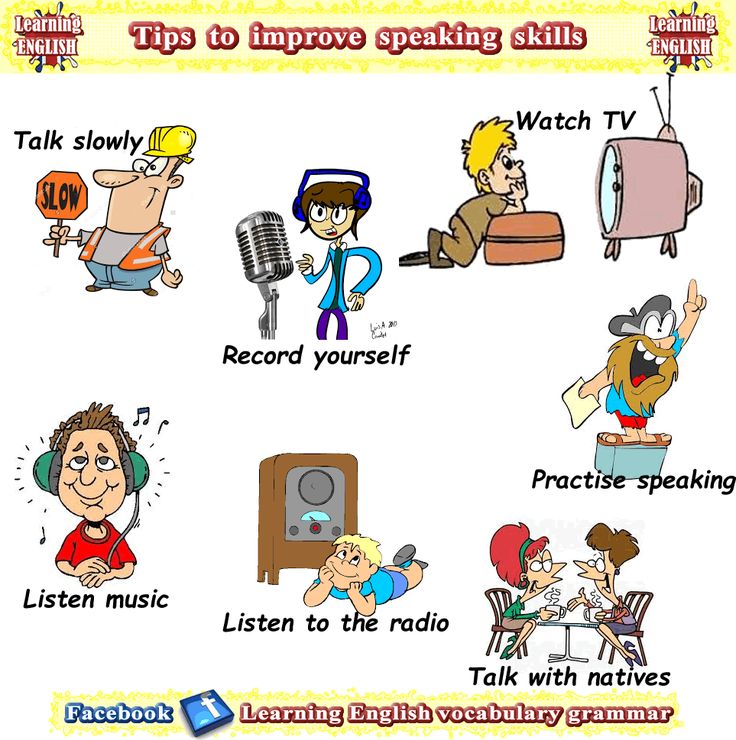
7. Together with the child, come up with sound and graphic associative images.
8. Use entertaining material in your work (riddles, puzzles, crossword puzzles, word games).
9. Weekly write down vocabulary words from an adult.
We wish you and your children success and good grades!
References:
1. Agafonov V.V. Wrong rules. – M.: Yuventa, 2007. – 64 p.
2. Volina V.V. Games with letters and words. - M.: AST - Press, 1996. - 64 p.
3. Info lesson. Memorization of dictionary words by the method of associations. Sitnikova S.O. https://infourok.ru/vistuplenie-na-rmo-zapominanie-slovarnih-slov-metodom-associaciy-1023204.html
Poems and fairy tales for children. – M.: AST, 2017. – 80 p.
5. Matyugin I.